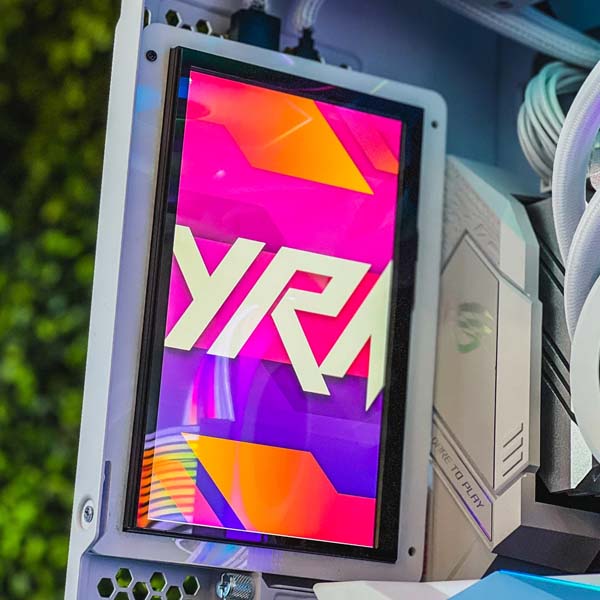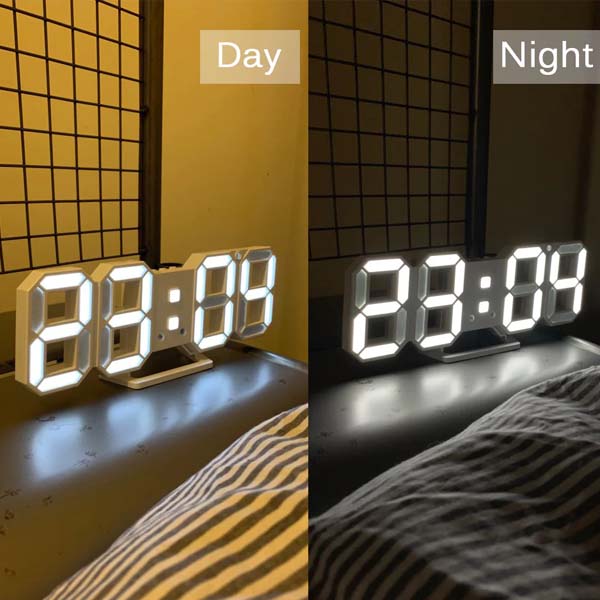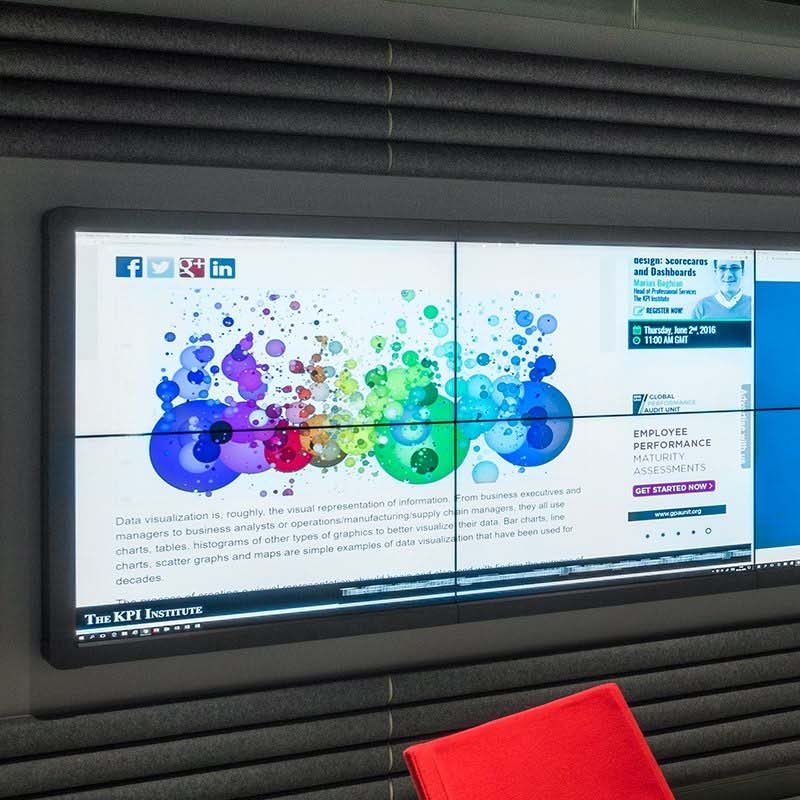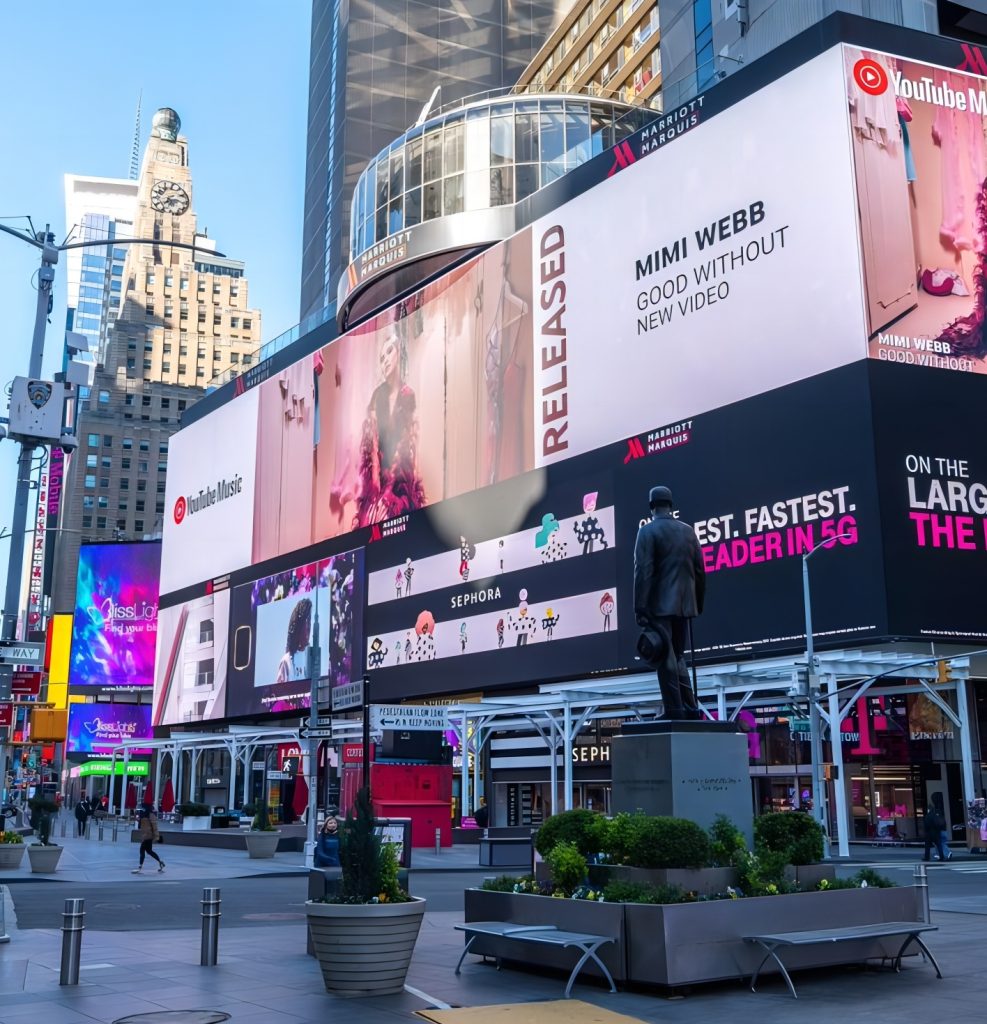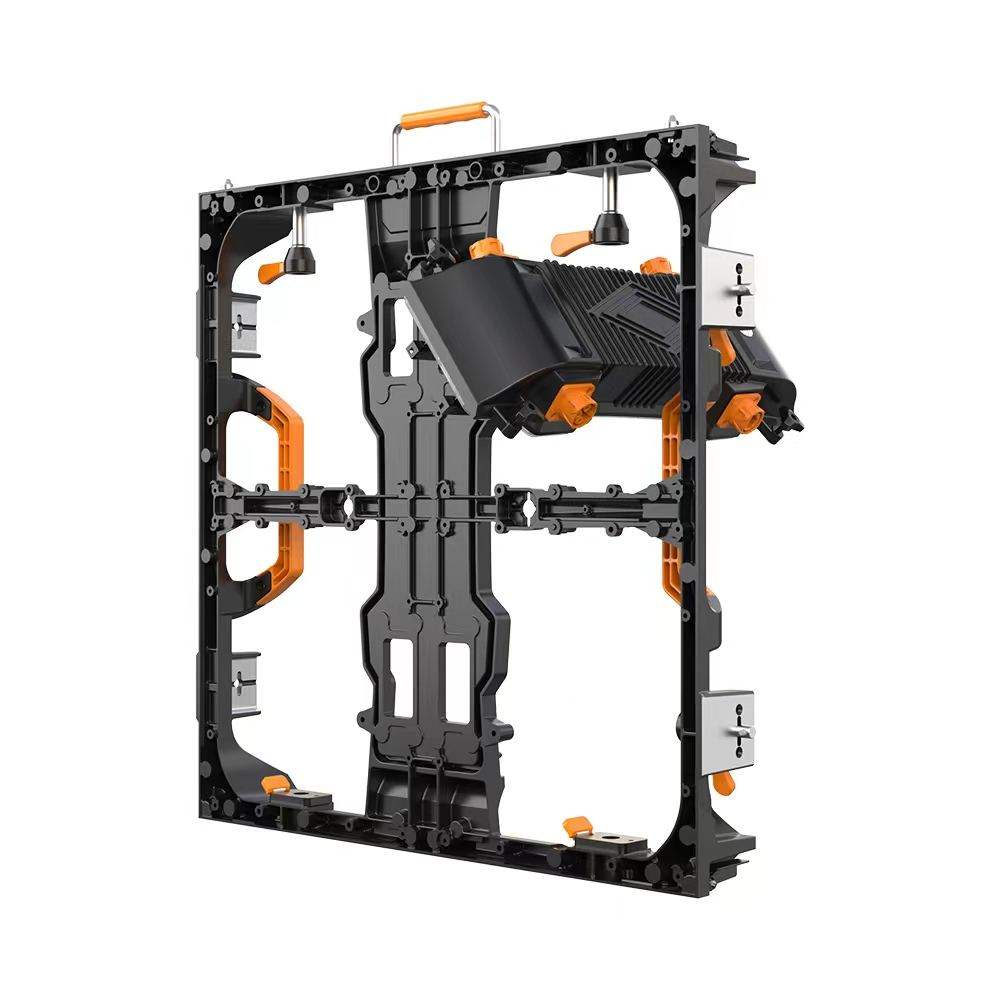In an era with the ever – increasing demand for information visualization, digital LED displays, featuring flexible display forms, high – brightness visibility, and strong environmental adaptability, have become crucial display carriers in various fields such as commercial exhibitions, information dissemination, and public services. From the giant advertising screens in bustling business districts, the information – guiding screens at transportation hubs, to the creative background screens for stage performances, digital LED displays meet the diverse requirements of different scenarios with their outstanding functionality and visual expressiveness. Next, we will comprehensively analyze the technical characteristics, application scenarios, and key purchasing points of digital LED displays.
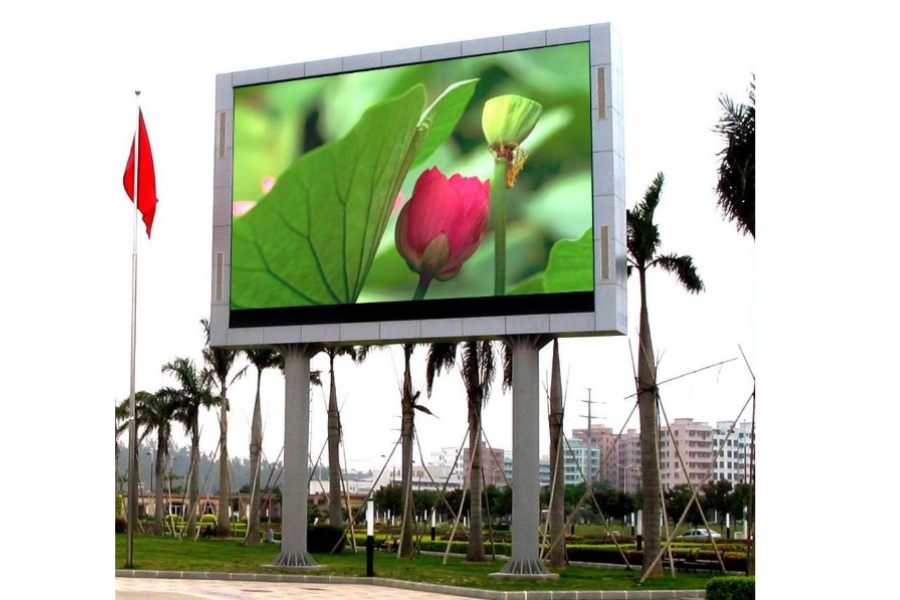
What is a Digital LED Display?
A digital LED display is a device that uses light – emitting diodes (LEDs) as basic light – emitting units. By controlling the on – off states and color combinations of LED lamp beads, it can display digital content such as text, images, and videos. It consists of LED lamp beads, a drive circuit, a control system, a power supply system, and a protective housing. Through modular design, it can be spliced into any size. Based on different pixel pitches, it can be classified into outdoor large – screen types (P8 – P30) and indoor high – definition screen types (P1 – P5). It supports two control modes: synchronous and asynchronous. The synchronous mode can display computer screens in real – time, while the asynchronous mode can play pre – stored content offline, adapting to a wide range of usage scenarios.
Core Characteristics of Digital LED Displays
Through pixel – level precise control, digital LED displays can present 16.7 million colors. Coupled with wide – color – gamut technology, they offer high color – rendering accuracy, resulting in vivid and vibrant images. Their high – brightness feature enables clear visibility even in strong outdoor light, with a maximum brightness of up to 5000 cd/㎡.
Featuring a modular design, they support seamless splicing and can be customized into any size and shape according to specific needs. Whether it’s a small display screen of a few square meters or a huge advertising wall covering thousands of square meters, they can be flexibly combined to suit different spatial requirements.
Digital LED displays have an extremely fast response speed (< 0.1ms), ensuring no ghosting even when playing high – speed dynamic images. With a maximum refresh rate of up to 3840Hz, they guarantee smooth images, making them suitable for scenarios like live sports broadcasts and stage performances.
LED lamp beads have a service life of over 100,000 hours and come with a protection level of IP65 or above. They are dust – proof, waterproof, and resistant to ultraviolet rays, capable of adapting to complex environments such as high temperatures, severe cold, and humidity, making them suitable for all – weather outdoor use.
They adopt energy – saving driver chips and intelligent brightness – adjustment technology, which can automatically adjust the screen brightness according to ambient light conditions. This results in an energy savings of over 30% compared to traditional displays. Additionally, they support remote switching and time – segmented control, further reducing energy consumption.
Application Scenarios of Digital LED Displays
Widely used in places such as shopping malls, pedestrian streets, and airports, digital LED displays attract people’s attention with their large size, high brightness, and dynamic images, enhancing the effectiveness of advertising dissemination. Supporting split – screen display and interactive functions, they can be used for diverse marketing activities such as brand promotion and release of promotional information.
Deployed at transportation hubs including railway stations, airports, and subway stations, they are used to display real – time train schedules, flight information, traffic conditions, etc. Combined with touch – interaction technology, they provide services like navigation and inquiries for passengers, improving travel convenience.
During performance activities such as concerts, galas, and dramas, digital LED displays serve as stage backgrounds. Through dynamic images and scene changes, they create an immersive atmosphere. Supporting irregular splicing and real – time video processing, they collaborate with lighting and sound systems to create a stunning visual impact.
Applied in institutions such as banks, hospitals, and schools, they are used to display announcements, queuing numbers, course schedules, etc. With split – screen display support, they can present text, images, and videos simultaneously, enabling efficient information transfer.
In the construction of smart cities, digital LED displays function as information terminals, used to release public policies, weather warnings, public – service advertisements, etc. Integrated with Internet of Things technology, they can achieve remote centralized control and real – time data updates.
Precautions for Using Digital LED Displays
Avoid displaying a single static image for an extended period. It is advisable to change the content regularly or use a screen – saver program to prevent local pixel aging. When handling and installing, be gentle to avoid damaging the LED lamp beads due to external impact.
Keep the working environment of the display well – ventilated. Regularly clean the cooling fans and dust – proof nets to prevent equipment malfunctions caused by poor heat dissipation. Avoid using it in a humid environment. If it gets wet accidentally, immediately cut off the power and contact professional personnel.
Use a stable and suitable power supply device, equipped with a lightning – protection device and a UPS uninterruptible power supply to prevent damage to the display from voltage fluctuations and lightning strikes. Regularly check the connections of the power cord and signal cable to ensure a secure connection.
Key Factors for Selecting Digital LED Displays
Pixel Pitch
Select an appropriate pixel pitch based on the viewing distance. For indoor close – range viewing (< 5 meters), P1 – P3 can be chosen; for outdoor long – range viewing (> 10 meters), P8 – P16 is recommended. The smaller the pixel pitch, the more delicate the image, but the higher the cost.
Brightness and Protection Level
Outdoor displays should have high brightness (≥5000 cd/㎡) and a protection level above IP65. For indoor displays, the brightness can be appropriately reduced (1000 – 2000 cd/㎡), and a protection level of IP43 is sufficient.
Control System
Give priority to control systems that support 4G/5G and WiFi wireless transmission, which facilitate remote management and content updates. Check the compatibility and stability of the system to ensure smooth playback of high – definition videos and dynamic images.
Hardware Quality
Pay attention to the brands of LED lamp beads (such as Nationstar, Epistar), the performance of drive ICs (such as MBI5153), and the quality of power supplies (such as Mean Well power supplies) to ensure stable display effects and a long service life.
After – sales Service
Choose suppliers with a comprehensive after – sales system, including 7×24 – hour technical support, regular maintenance, and quick – response repairs. Understand the warranty period (it is recommended to be more than 3 years) and the availability of spare parts.
Cost Budget
Comprehensively consider factors such as the display size, pixel pitch, and functional configuration to formulate a reasonable budget. Be aware of the difference between the bare – screen price and the complete – screen price. Also, consider the costs of installation, debugging, the control system, and subsequent maintenance.
Suppliers of Digital LED Displays
KSSDISPLAY, as an outstanding supplier in the digital LED display industry, has always been committed to the research, development, and innovation of cutting – edge display technologies. With profound technical accumulation and exquisite craftsmanship, KSSDISPLAY offers a full range of products, including outdoor high – definition advertising screens, indoor ultra – high – definition displays, and creative irregular – shaped screens. It provides a full – process service covering scheme design, manufacturing, and installation and debugging. Relying on a strict quality – control system, self – developed intelligent display control system, and a global service network, KSSDISPLAY has delivered high – quality display solutions to numerous enterprises and projects worldwide. If you are interested in product selection, customization, or technical consultation, please feel free to contact the KSSDISPLAY team for professional support!

